







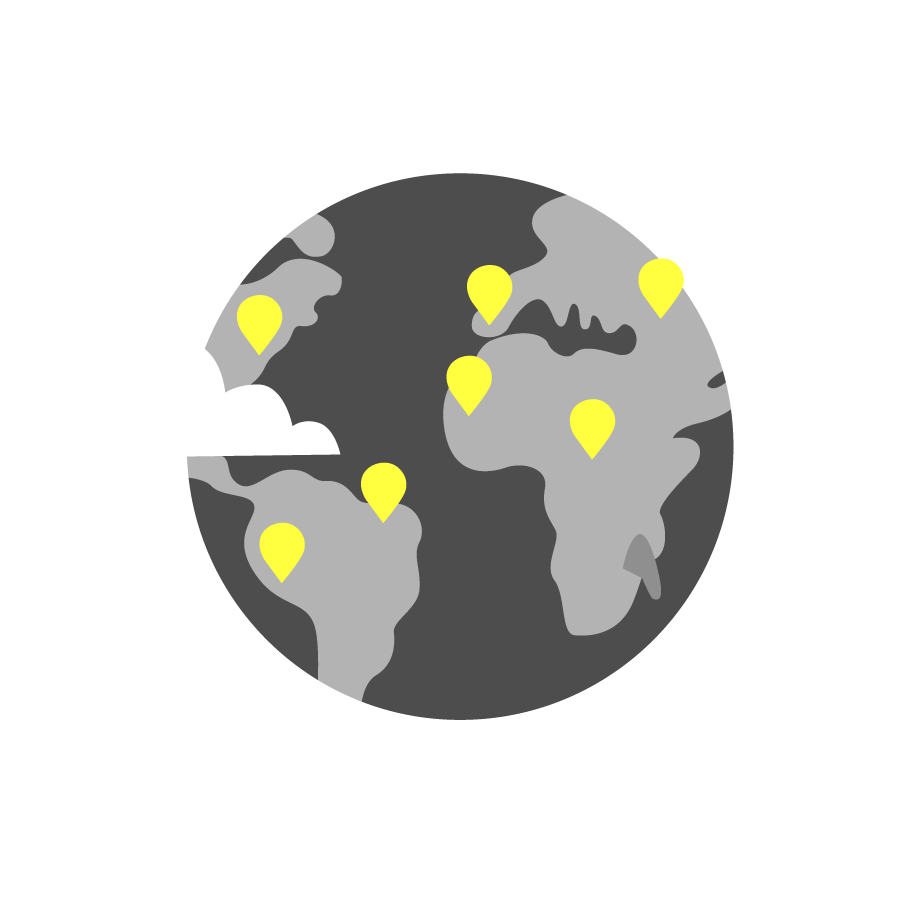
Our partners are open-minded and have no limits in terms of geography, religion, race, or gender.
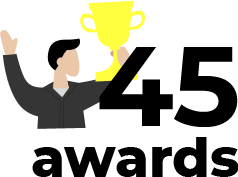
Excellence is the most important characteristic we share with our clients.


We’ve worked on multidimensional brand-oriented architectural projects that have kept us in touch with the current social trends across continents.


Over the course of 10 years, we’ve worked on projects that have attracted more than 5 million visitors from Shenzhen to Tahiti.
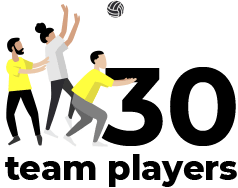
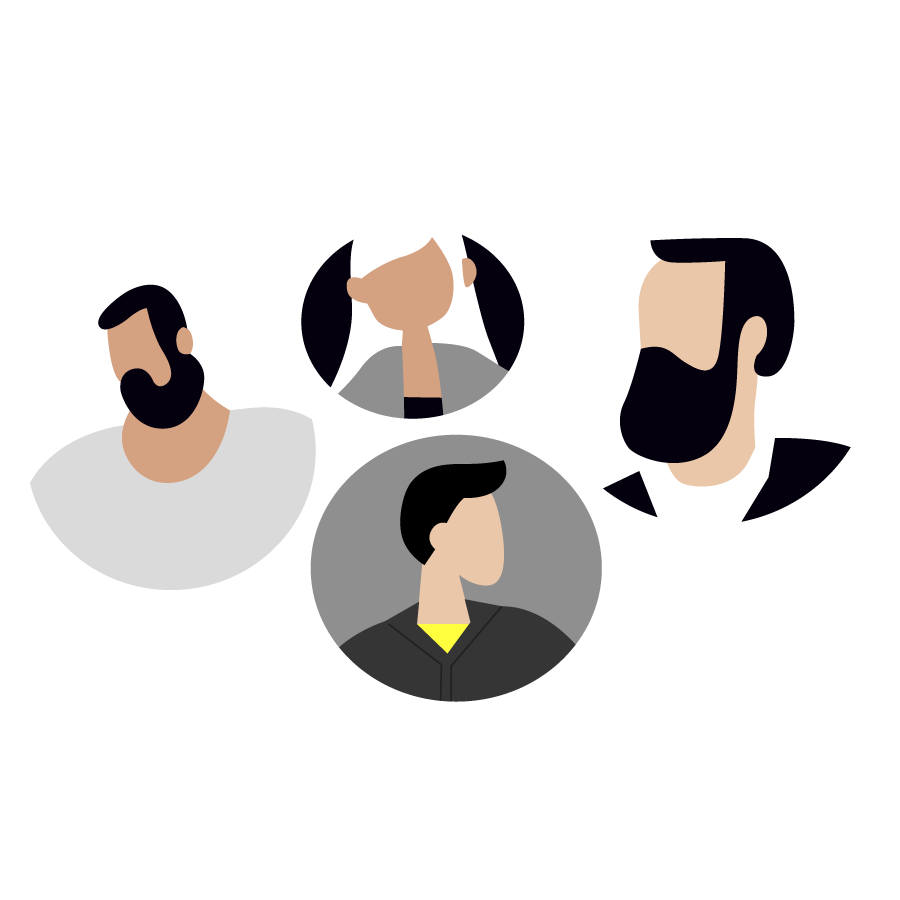
Our multidisciplinary architecture and branding design specialists can tackle any brand story, fit any brand voice, and make the most of any space. Our professionals combine creativity and playfulness with operational excellence.
get maximum
value from your design
FAQ
The answer to that question always depends on the scope of the project.
On an average project, our design team would consist of a marketing and branding strategist, a creative director, two graphic designers (at least one senior level), a copywriter, an architect, a 3D visualization specialist, and an engineer. Of course, every team also has a project manager who tracks all the tasks in the project management application.
For a more complicated project, we can increase the number of specialists from the banding or architecture departments. There are also some additional specialists like illustrators, 3D artists, and motion designers who can make the overall results even stronger.
It depends on your team structure and business goals.
In our case, we care a lot about the creative approach and on-time delivery. It’s important to make sure we keep track of our creative methodology, which has been proven to give the required results every time. So for us, KPIs are the way to make sure all creative teams move in the right direction in accordance with the initial plan. We track the speed of project onboarding, the debriefing phase, everyday reports on the creative progress, open and finished tasks for all team members, the delivery speed for every phase, and so on.
Our main advice on how to create KPIs for a design team is to make sure they’re measurable and can easily be tracked. And, of course, they should reflect your goals.
Any creative process goes through phases. These three happen in the most of our projects.
1. Kick-off meeting
This is the main project meeting, bringing together branding and architecture specialists. During this meeting, the creative director along with a strategist make a detailed introduction of the project, highlighting key objectives, moderating the team discussion, and answering and writing down questions.
2. R&D phase
During the research, analysis, and development phase, specialists from the branding and architecture departments work on their own, digging into the project, forming various creative directions, writing down ideas, sketching, making mood boards, finding references, and so on.
3. Collaboration phase
During this third phase, we have a meeting or a set of meetings where we discuss the materials prepared by specialists from the branding and architecture departments. We select the best ideas, synchronize it with the project vision, and plan future stages of work.
At Brandon Archibald, this is possible thanks to a combination of factors: constantly improving business processes, KPIs that help us reach goals and keep team members motivated and efficient.
We use the set of handy tools such as:
– Pipedrive and Worksection to manage leads and keep track of projects,
– Zoom for conference calls within the team or with clients and contractors,
– Telegram, Viber, and WhatsApp for fast messaging,
– Google Docs to share your work.
There are many factors that influence the efficiency of design teams. Here are the top five sources of inefficiency:
1. No leader/director
It’s crucial to have someone responsible for the direction of the creative team. This person should be an expert recognized by the team who has experience building a creative process, motivates teammates, and has good planning skills.
2. Bad assignments
It’s hard to overestimate the importance of a well-written assignment. A good assignment answers all possible questions and sometimes even drives creative solutions. It would be good to train a creative team to collect all necessary information at least in the form of questions and always go through the debriefing phase to find out the answers.
3. Wrong timing
This factor works in two ways. The team might become inefficient because they have too much time to deliver work, or the same thing may happen because the time frame is too short. Try to evaluate your team’s skills and have a business process consisting of clear phases with defined durations and expected results.
4. No inspiration/motivation
Inspiring and motivating the team is the responsibility of the team leader. It’s important to keep track of the atmosphere inside the team. Sharing personal experience, organizing workshops for the whole team, playing games, and doing other common activities will increase motivation and help build a strong team with shared values. Establishing KPIs is another way to increase motivation and productivity.
5. Irrelevant skills
Sometimes a skill set that’s a blessing in one project is a total disaster in another. So be very precise when building a team, gathering specialists that suit the needs of your business. Otherwise, you may face occasional gaps in productivity.